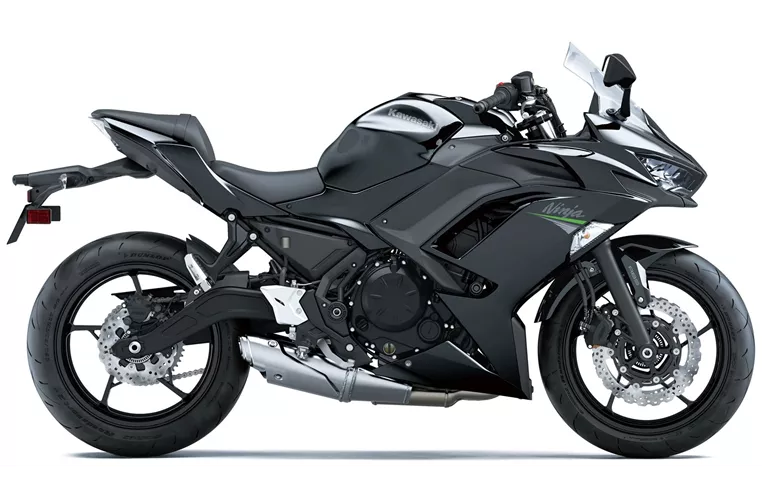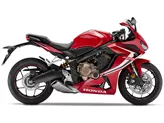Kawasaki Ninja 650 2020 vs. Yamaha R1 2014
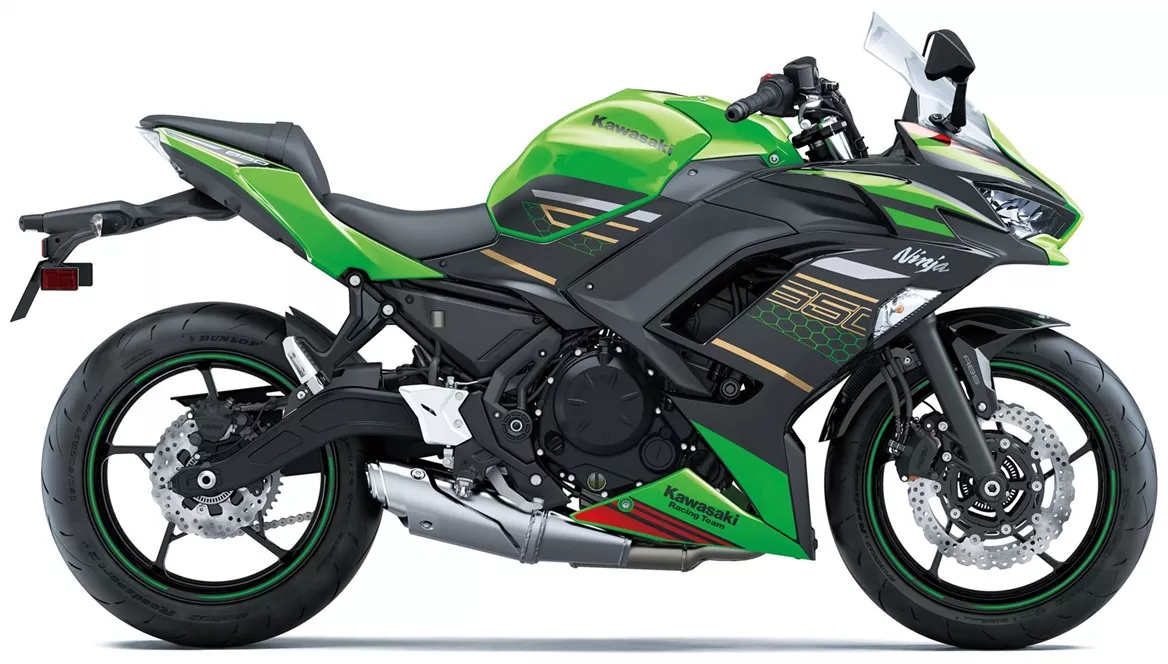
Kawasaki Ninja 650 2020

Yamaha R1 2014
Overview - Kawasaki Ninja 650 2020 vs Yamaha R1 2014
The Kawasaki Ninja 650 2020 and the Yamaha R1 2014 are both impressive motorcycles in their respective classes. The Ninja 650 is a supersport bike, while the R1 is a high-performance sport bike. Let's compare these two models in terms of their technical specifications and strengths.
In terms of engine and drive train, the Ninja 650 2020 is equipped with a 649cc two-cylinder engine that delivers 68.2 horsepower and 65.7 Nm of torque. On the other hand, the R1 2014 features a more powerful 998cc four-cylinder engine that produces 182 horsepower and 115.5 Nm of torque. The R1 clearly outperforms the Ninja 650 in terms of power and acceleration.
Both bikes have a DOHC valve system with four valves per cylinder, ensuring efficient air intake and exhaust. The Ninja 650 has a bore of 83 mm and stroke of 60 mm, while the R1 has a bore of 78 mm and stroke of 52.2 mm. The R1's engine design is more compact and provides higher revving capabilities.
In terms of suspension, the Ninja 650 2020 is equipped with a telescopic fork at the front, providing a comfortable and stable ride. The R1 2014 features an upside-down telescopic fork, which enhances the bike's agility and handling.
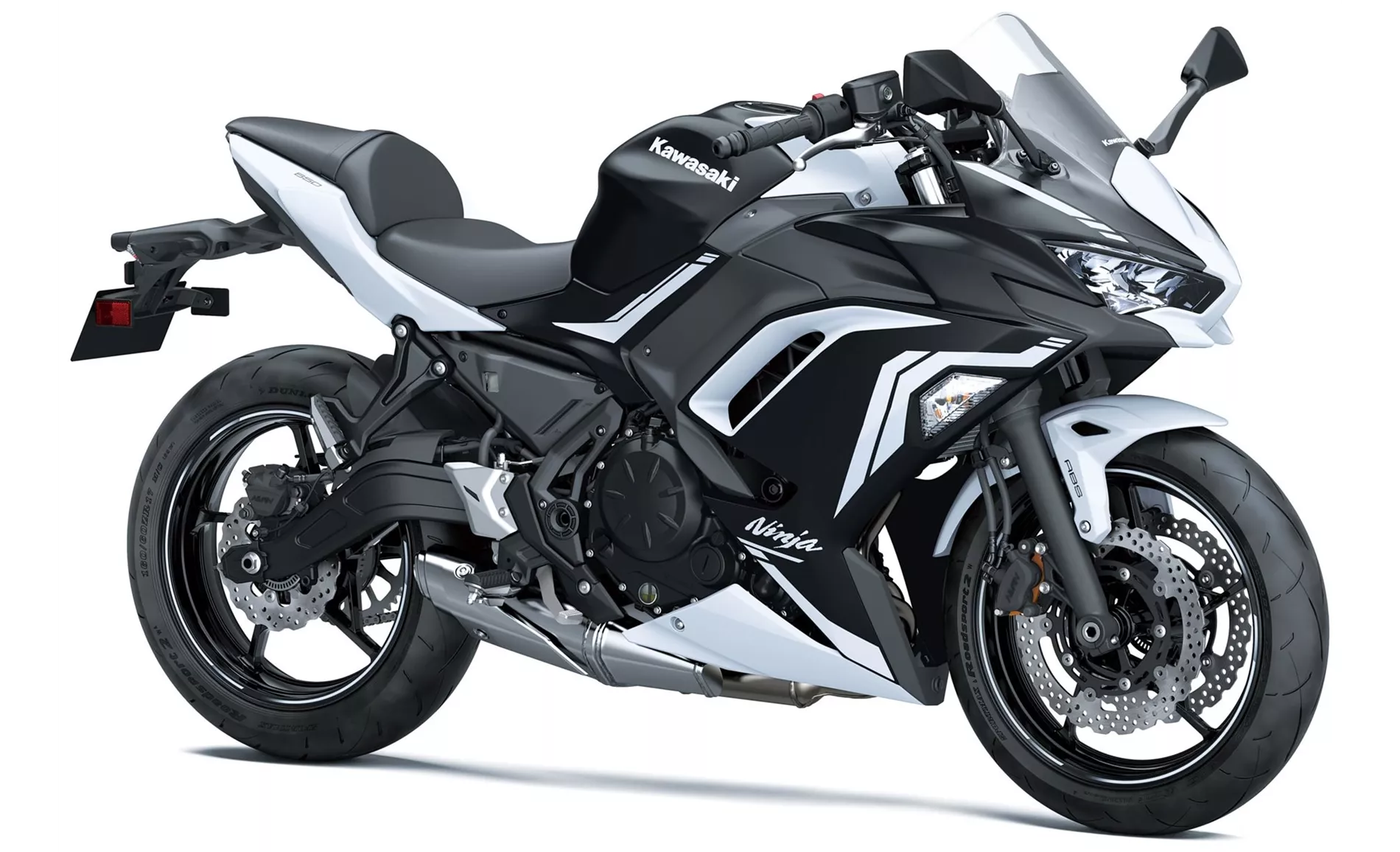
Kawasaki Ninja 650 2020
In terms of chassis, the Ninja 650 2020 has a steel frame with a tubular design, providing stability and durability. The R1 2014 features an aluminum frame with a Deltabox design, which is known for its lightweight and rigidity, contributing to the bike's agility and precise handling.
Both bikes have double disc brakes at the front, providing strong and reliable stopping power. The Ninja 650 has a front tire width of 120 mm and a rear tire width of 160 mm, while the R1 has a front tire width of 120 mm and a rear tire width of 190 mm. The wider rear tire on the R1 helps to improve traction and stability during high-speed cornering.
In terms of dimensions and weights, both bikes have a similar wheelbase, with the Ninja 650 having a wheelbase of 1410 mm and the R1 having a wheelbase of 1415 mm. The seat height of the Ninja 650 is 790 mm, making it beginner-friendly and suitable for riders of all heights. The R1 has a higher seat height of 835 mm, which may not be as comfortable for shorter riders.
The Ninja 650 2020 has a fuel tank capacity of 15 liters, while the R1 2014 has a larger fuel tank capacity of 18 liters, providing a longer range between refueling stops.
In terms of strengths, the Ninja 650 2020 is one of the last of its kind, offering a powerful two-cylinder engine and a comfortable seat suitable for touring. It also has compact dimensions and a beginner-friendly seat height. The bike features a stable chassis and a TFT display with connectivity, adding convenience and modernity. Additionally, the Ninja 650 has a sporty look that appeals to many riders.

Yamaha R1 2014
The Yamaha R1 2014, on the other hand, is praised for its agility, strong brakes, and good chassis. The bike's unique and exclusive nature is attributed to its idiosyncratic engine, which sets it apart from other sport bikes. However, some riders may not appreciate the R1's appearance, particularly the wide tail.
In terms of weaknesses, the Ninja 650 2020 may not be suitable for tall riders, as it is overall too dainty. Some riders have also reported issues with the front brake pressure point. Additionally, the Ninja 650 may not be the best choice for touring with two people due to its limited capacity.
The Yamaha R1 2014's weakness lies primarily in its appearance, as the wide tail may not satisfy all tastes.
In conclusion, the Kawasaki Ninja 650 2020 and the Yamaha R1 2014 are both impressive motorcycles with their own strengths and weaknesses. The Ninja 650 offers a powerful yet beginner-friendly riding experience, while the R1 provides unparalleled performance and agility. Ultimately, the choice between these two models depends on the rider's preferences and intended use.
Technical Specifications Kawasaki Ninja 650 2020 compared to Yamaha R1 2014
Pros and Cons in comparison
Pros and Cons in comparison
Kawasaki Ninja 650 2020
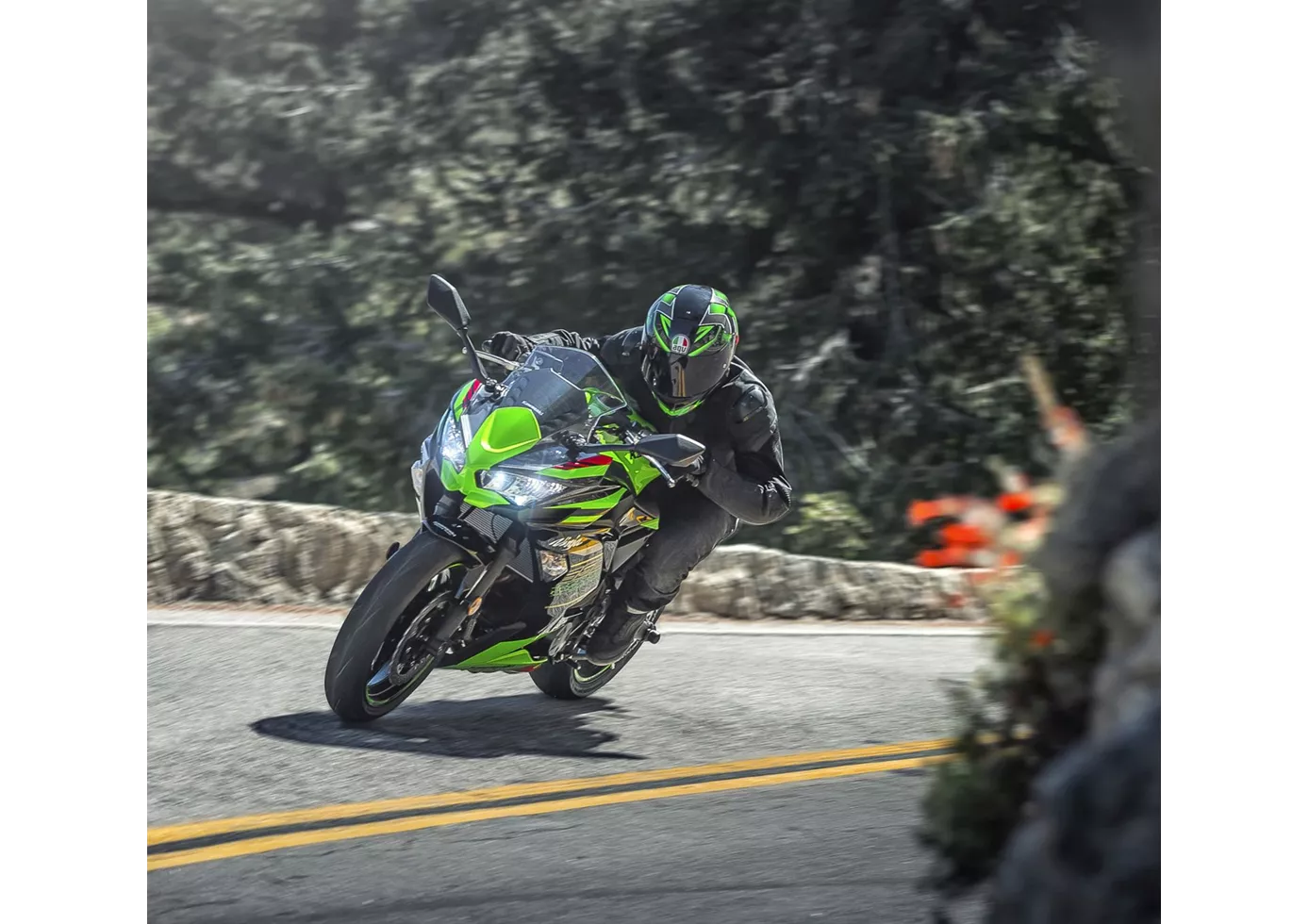
Rädda sport tourer! Med Ninja 650 har Kawasaki skapat en exemplarisk representant för denna klass och (förhoppningsvis) löst problemet med den nya generationen. Det stabila chassit och den anständiga tvåcylindern kommer att glädja både nybörjare och avancerade förare, även i en snabbare takt. Frambromsen är lite för välmenande och saknar en transparent tryckpunkt trots i grunden bra bromsprestanda. Ett annat plus är TFT-displayen, som vi inte hittar i konkurrensen för närvarande, liksom det vuxna utseendet, som är starkt orienterat mot de större Ninja-modellerna.
Yamaha R1 2014
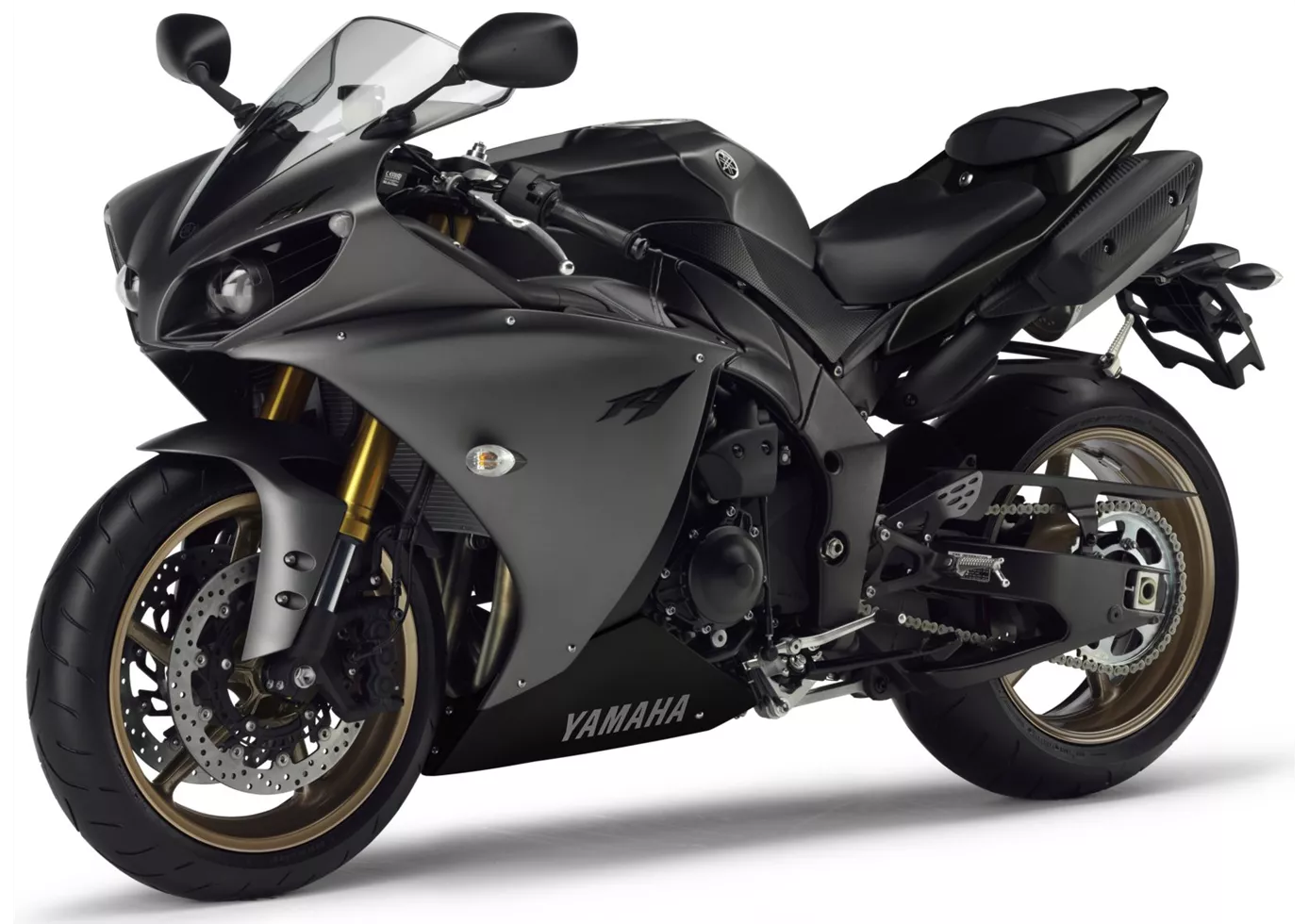
Yamaha YZF-R1 inspirerar fortfarande med sin balanserade prestanda - särskilt 1000cc-motorn med sin extravaganta vevaxelförskjutning ger inte bara en kraftfull kraftöverföring utan också ett underbart ljud!
Price Comparison Avarage Market Price Kawasaki Ninja 650 vs Yamaha R1
There are a few key differences between a Kawasaki Ninja 650 2020 and a Yamaha R1 2014. There are the same number of bikes of both models available on the 1000PS.de marketplace, specifically 10. It takes less time to sell a Yamaha R1 with 74 days compared to 75 days for the Kawasaki Ninja 650. Since model year 2017 1000PS.de editors have written 20 reviews for the Kawasaki Ninja 650 and 80 reviews for the Yamaha R1 since model year 2005. The first review for the Kawasaki Ninja 650 was published on 10/4/2016 and now has more than 79,600 views. This compares to more than 3,900 views for the first review on Yamaha R1 published on 4/28/2003.
